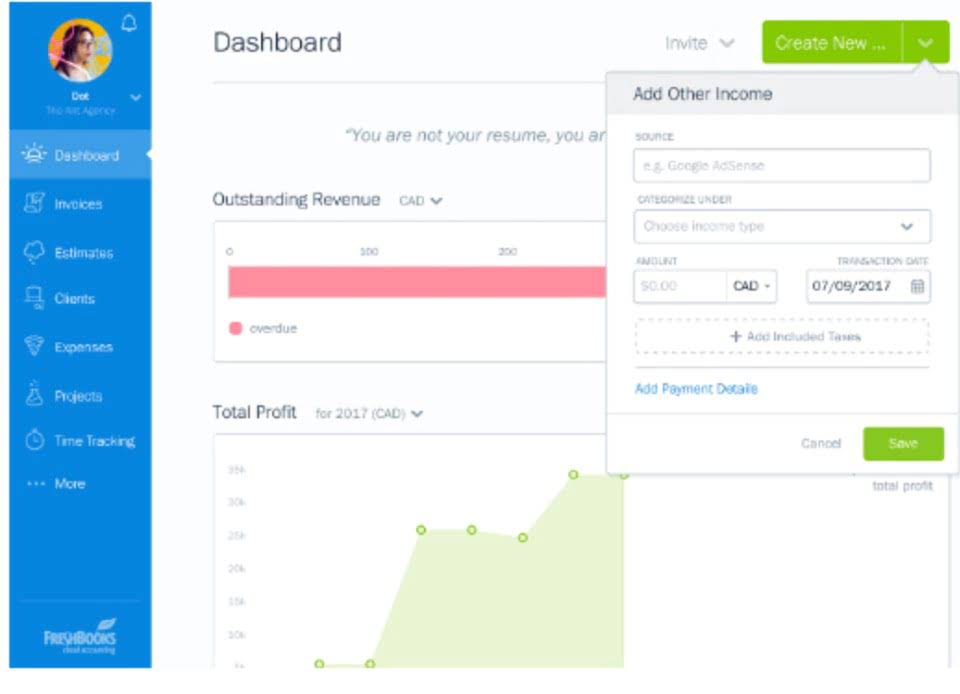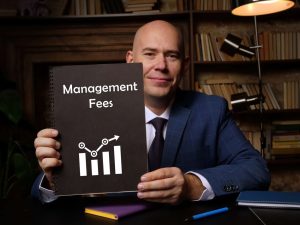Understanding the Risks and Rewards of Callable Bonds
Should this happen, you would have benefited in the short term from a higher interest rate. However, you would then have to reinvest your assets at the lower prevailing rates. Higher risks usually mean higher rewards in investing, and callable bonds are another example of that phenomenon. The issuer must clarify whether a bond is callable and the exact terms of the call option, including when the timeframe when the bond can be called. Optional redemption lets an issuer redeem its bonds according to the terms when the bond was issued.
- The buyer may pay a principle of $1,000 plus a commission—and then promptly discover that the bond is called.
- Our goal is to deliver the most understandable and comprehensive explanations of financial topics using simple writing complemented by helpful graphics and animation videos.
- Get stock recommendations, portfolio guidance, and more from The Motley Fool’s premium services.
- Because non-callable bonds do not carry the reinvestment risk of callable bonds, they generally offer a lower yield.
Also, many corporations saw their credit ratings tumble during the financial crisis. Corporations whose creditworthiness took a hit likely issued callable bonds in hopes of improving their creditworthiness and eventually issuing new debt at a lower rate. Most corporate bonds contain an embedded option giving the borrower or corporation the option to call the bond at a pre‐specified price on a date of their choosing.
Separately, the financial crisis hurt the credit ratings of a number of U.S. companies. A lower credit rating generally translates into high interest rates, since a worse rating implies that investing in that company carries a higher degree of risk than it did previously. Callable bonds give issuers—such as corporate and municipal entities —the option to effectively refinance their debt later at a better interest rate, much like you might refinance your mortgage. An issuer might be able to achieve a better rate because of an improvement in its credit rating or due to changes in market conditions. Callable bonds, which are sometimes called redeemable bonds, have become quite popular in recent years. That means last year 68.4% of all new bond issuance was callable compared to just 31.2% in 2005.
Understanding Callable Bonds
Investors are the lenders, giving money to businesses who promise to make interest payments to the investor. If the bond is callable, the issuer can call them back and pay the investor their principal plus any interest earned to that point. Callable bonds can be a valuable addition to an investor’s portfolio, but it’s important to carefully evaluate the call features, credit rating, and time to maturity. Callable bonds can be used to manage a portfolio’s duration and reduce its sensitivity to interest rate changes. Investors can create a portfolio with a more stable duration profile by including callable bonds with different call dates and call protection periods.
The issuer has the right to redeem the bond after a specific period set and agreed upon. Municipality bonds are examples of such types where the period set before calling bonds is ten years. Issuers usually issue bonds with a call feature to raise money in a safer way in which they can call the bonds when interest rates go down and issue new ones with lower interest payments. A non-callable bond cannot be redeemed earlier than scheduled, i.e. the issuer is restricted from prepayment of the bonds. The inclusion of the call premium is meant to compensate the bondholder for potentially lost interest and reinvestment risk. Conversely, your bond will appreciate less in value than a standard bond if rates fall and might even be called away.
The issuer’s cost takes the form of overall higher interest costs, and the investor’s benefit is overall higher interest received. Valuing callable bonds differs from valuing regular bonds because of the embedded call option. The call option negatively affects the price of a bond because investors lose future coupon payments if the call option is exercised by the issuer. If market interest rates decline after a corporation floats a bond, the company can issue new debt, receiving a lower interest rate than the original callable bond. The company uses the proceeds from the second, lower-rate issue to pay off the earlier callable bond by exercising the call feature.
If market interest rates drop to 3% after 5 years, the issuer may call the bond, repaying investors $1,050 per bond. To determine whether to invest in callable bonds, you need to consider the right mix of stocks vs. bonds in your portfolio. Even though callable bonds offer a slightly higher yield than noncallable bonds, stocks are typically a much bigger driver of growth in your portfolio. For most investors, particularly those who have a long time until retirement, stocks should make up the bulk of their investment portfolio.
Uncertainty Risk
Relevant macroeconomic indicators include prevailing interest rates, inflation rates, and general economic growth prospects. A financial professional will offer guidance based on the information provided and offer a no-obligation call to better understand your situation. Investors should perform credit analysis to assess the issuer’s creditworthiness and the likelihood of default. This can include evaluating the issuer’s financial statements, industry trends, and economic conditions.
Pay Attention to Interest Rates
It reissues the bond with a 4% coupon rate and a principal sum of $10.2 million, reducing its annual interest payment to 4% x $10.2 million or $408,000. If interest rates fall and the likelihood of the corporation calling the bonds increases, callable bonds are also limited on their upside price appreciation. Investors have to ask themselves if a possible higher coupon rate or a premium par value when the bonds are called is worth the reinvestment risk they may sustain. Investors who depend on bonds for fixed income face what’s known as call risk with callable bonds compared to non-callable bonds. If the issuer redeems the bond early, the interest payments will end early. Investors who seek to re-invest their money in the bond market will have to do so at lower interest rates.
Risks of Callable Bonds
Some bonds have what’s termed a call provision, and these are what’s known as callable bonds. By instituting a call provision, the bond issuer can “call back,” or redeem, the bond before maturity. Callable bonds sometimes offer a better https://accounting-services.net/ interest rate than similar noncallable bonds to help compensate investors for the call risk and the reinvestment risk that they face. Sometimes callable bonds will also set the call price above face value—say $1,002 versus $1,000.
The bond issuer has the right to call it before reaching the maturity stage stated; thus, the bond offers higher interest rates for its holders as compensation. Therefore, a callable bond should provide a higher yield to the bondholder than a non-callable bond – all else being equal. The potential for the bond to be called at different dates adds more uncertainty to the financing (and impacts the bond price/yield). In addition, calling a bond early can trigger prepayment penalties, helping offset part of the losses incurred by the bondholder stemming from the early redemption. There is a set period when redeeming the bonds prematurely is not permitted, called the call protection period (or call deferment period).
Still, they will benefit from issuing other bonds that return lower interest rates when the market rate goes down, enabling them to borrow money at lower costs. Technically speaking, the bonds are not really bought and held by the issuer but are instead cancelled immediately. Let’s say Apple Inc. (AAPL) decides to borrow $10 million in the bond market and issues a 6% coupon bond with a maturity date in five years. The company pays its bondholders 6% x $10 million or $600,000 in interest payments annually. Furthermore, the ethical aspect comes into play when a company adheres strictly to the terms of the callable bond, particularly the call provisions.
For example, many municipal bonds are only optionally callable 10 years after the bond was issued. Understanding the general relationship between interest rates and bonds is helpful in understanding how callable bonds work. Just as you wouldn’t want to refinance your mortgage after interests raise rise, companies and municipalities typically don’t want to redeem their bonds in a higher-interest-rate environment.
For example, let’s say that a bond maturing in 2035 is available for premature redemption in 2023. It means that for every ₹1000, bondholders or investors will receive ₹1050 in 2023. However, as time goes callable bonds definition on, the call value will decline, and in 2024 it may come down to 103. These are debt instruments in which bond issuers are bestowed with a right to prematurely pay off the requisite principal amount.












